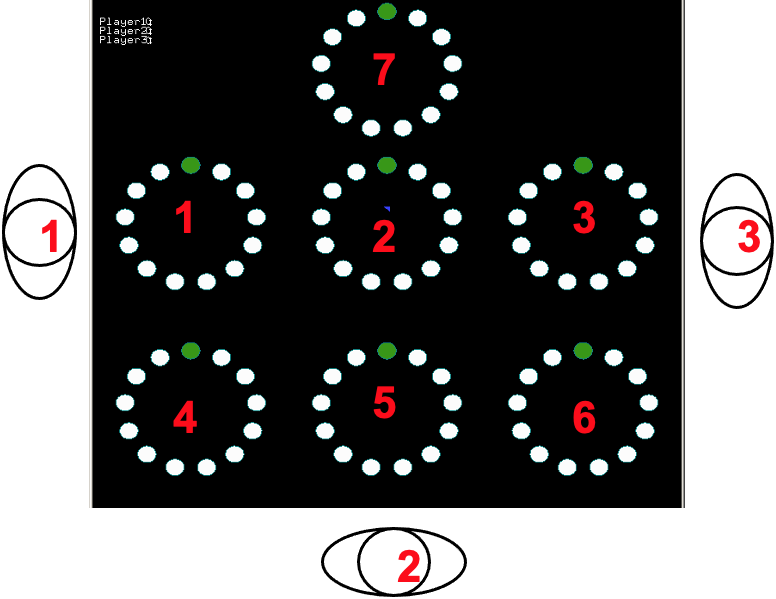
Effect of Screen Configuration and Interaction Devices in Shared Display Groupware Inproceedings
Andriy Pavlovych, Wolfgang Stuerzlinger
Abstract:
Interactive tabletop and wall surfaces support collaboration and interactivity in novel ways. Apart from keyboards and mice, such systems can also incorporate other input devices, namely laser pointers, marker pens with screen location sensors, or touch-sensitive surfaces. Similarly, instead of a vertically positioned desktop monitor, collaborative setups typically use much larger displays, which are oriented either vertically (wall) or horizontally (tabletop), or combine both kinds of surfaces.In this paper we describe an empirical study that investigates how technical system constraints can affect group performance in high pace collaborative tasks. For this, we compare various input and output modalities in a system that consists of several interactive tabletop and wall surface(s). We observed that the performance of a group of people scaled almost linearly with the number of participants on an almost perfectly parallel task. We also found that mice were significantly faster than laser pointers, but only by 21%. Also, interaction on walls was significantly faster than on the tabletop, by 51%.
